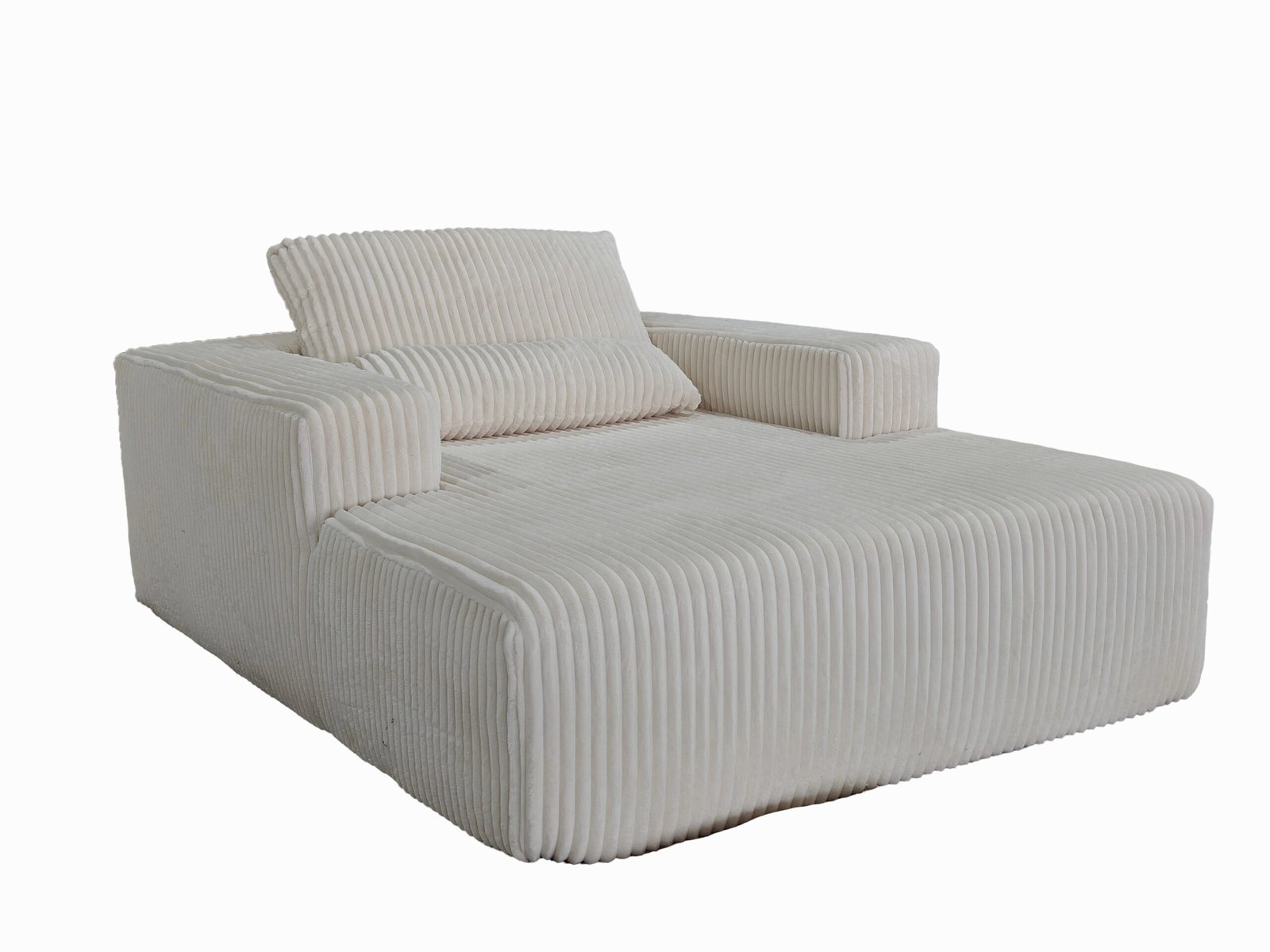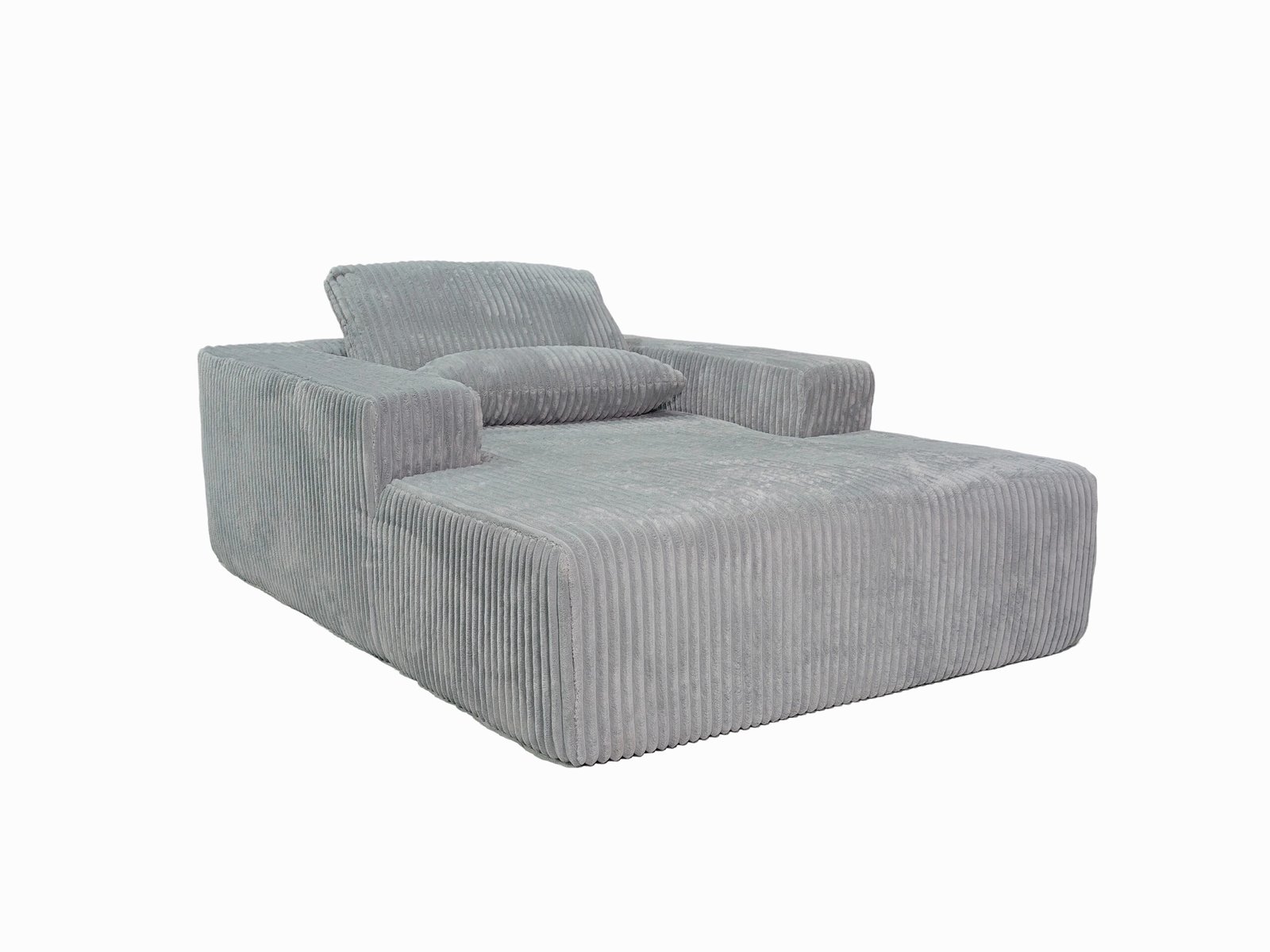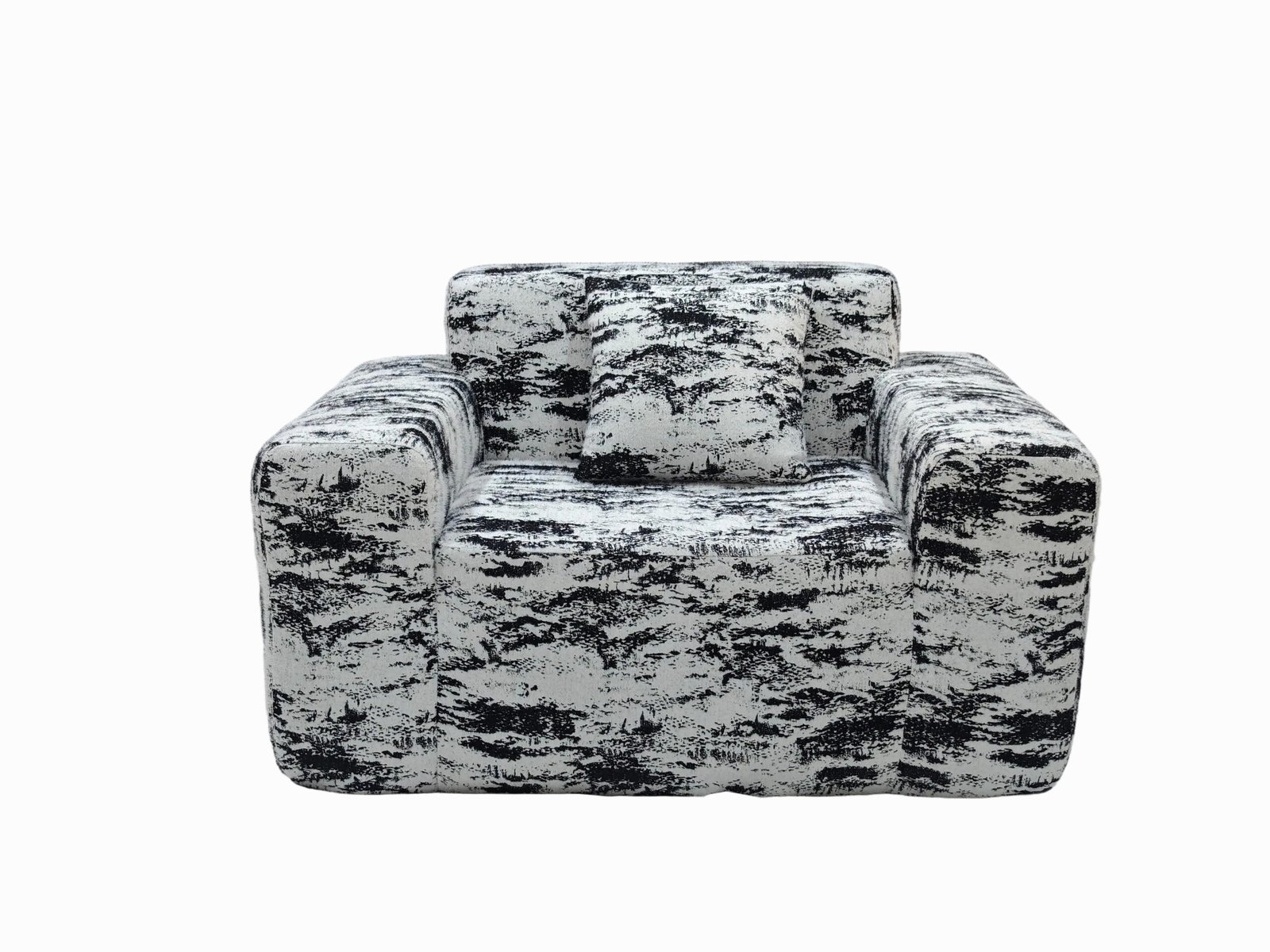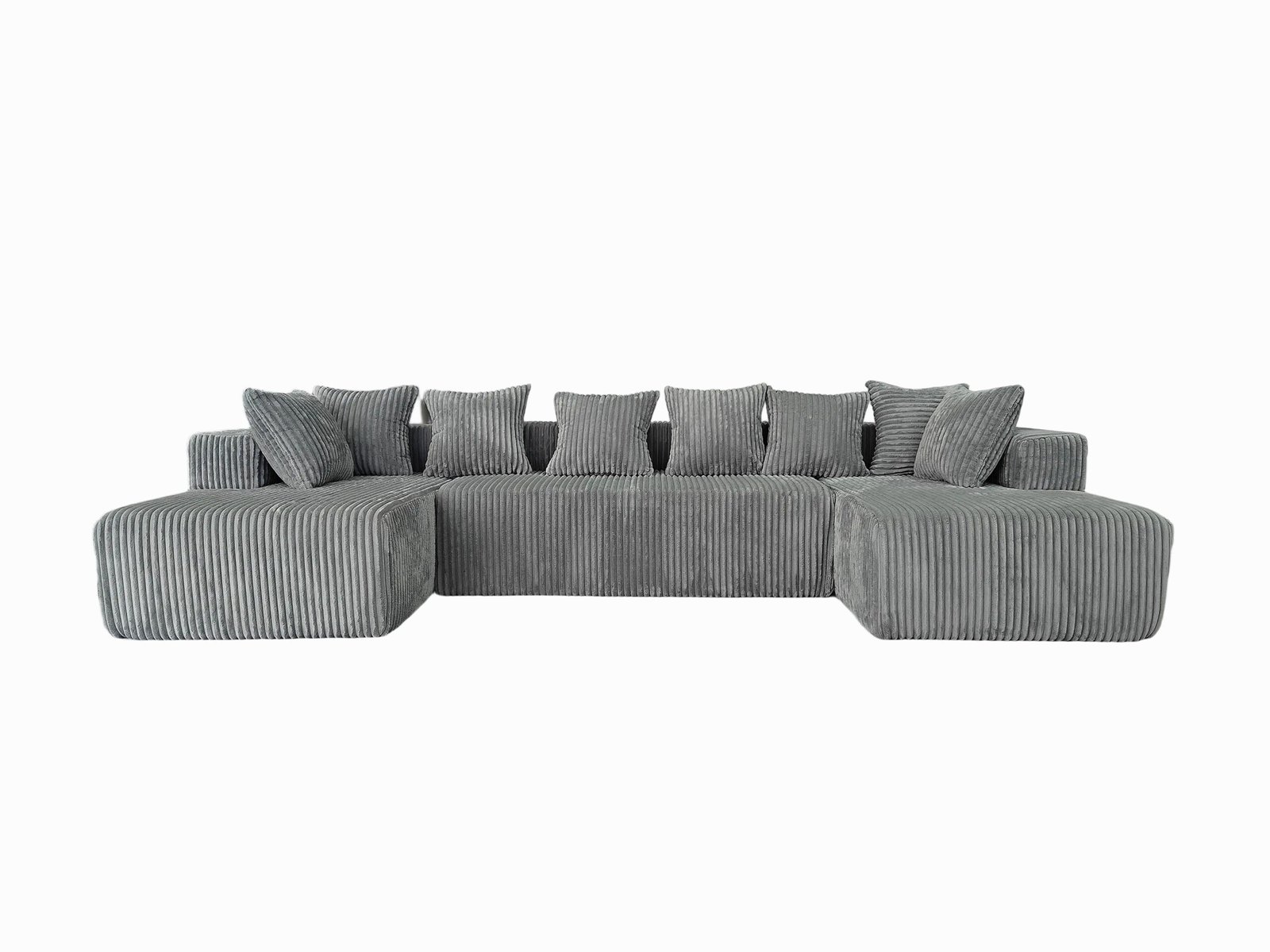
Introduction
Compressed sofas have transformed the furniture industry by offering space-saving and cost-effective solutions. However, their production involves various environmental challenges, from raw material extraction to end-of-life disposal.
Compressed sofa manufacturing impacts the environment through material sourcing, energy use, chemical emissions, and waste generation. Sustainable innovations in production and logistics can help mitigate these effects.
While these sofas optimize transportation efficiency, we must evaluate their overall ecological footprint. Let’s explore the key environmental aspects of compressed sofa manufacturing.
How Does Raw Material Extraction Affect the Environment?
Raw material extraction for compressed sofas can cause deforestation, pollution, and habitat destruction.
Materials like wood, metal, foam, and fabric require extensive resource extraction, leading to deforestation, soil degradation, and greenhouse gas emissions. Sustainable sourcing can reduce these impacts.

The Impact of Key Materials
| Material | Environmental Concerns | Sustainable Alternatives |
|---|---|---|
| Wood | Deforestation, habitat loss | FSC-certified wood, bamboo |
| Metal | Mining pollution, energy-intensive processing | Recycled steel, aluminum |
| Foam | Petroleum-based, non-biodegradable | Soy-based foam, latex |
| Fabric | Chemical-intensive production | Organic cotton, recycled polyester |
Sustainable sourcing and recycling programs can significantly lower environmental harm.
What Is the Energy Consumption of Manufacturing?
Manufacturing compressed sofas requires high energy input, contributing to carbon emissions.
Traditional sofa production is energy-intensive, but compressed sofa factories can adopt renewable energy sources and efficient machinery to reduce their footprint.

Energy Efficiency Measures in Manufacturing
- Using solar or wind energy in factories
- Implementing automated, energy-efficient machinery
- Optimizing production layouts to reduce energy waste
These steps can help manufacturers reduce emissions and promote sustainability.
What Chemicals Are Used in Production?
Compressed sofas involve adhesives, dyes, and treatments that can harm the environment if not managed properly.
Many adhesives release volatile organic compounds (VOCs), while dyes and flame retardants may contaminate water sources. Eco-friendly alternatives are essential.

Reducing Chemical Pollution
- Switching to water-based adhesives
- Using non-toxic, biodegradable dyes
- Implementing strict waste management for chemical disposal
By reducing harmful chemicals, manufacturers can lessen their environmental impact.
How Much Waste Does the Manufacturing Process Generate?
Sofa production generates solid waste, liquid waste, and emissions, affecting air and water quality.
Recycling scrap materials, reducing packaging waste, and adopting circular economy principles can significantly cut down manufacturing waste.

Strategies for Waste Reduction
- Repurposing fabric and foam offcuts
- Using biodegradable or recyclable packaging
- Implementing closed-loop production systems
These waste management strategies promote a more sustainable industry.
How Do Transportation and Packaging Affect Sustainability?
Efficient packaging and transport logistics can minimize carbon emissions.
Compressed sofas save space during transport, reducing emissions, but optimizing supply chains and using eco-friendly materials further enhance sustainability.

Green Logistics Solutions
- Optimizing delivery routes to reduce fuel consumption
- Using recyclable, minimal packaging materials
- Exploring electric or hybrid transport options
These initiatives improve the overall environmental impact of sofa distribution.
How Long Do Compressed Sofas Last?
Durability is key to reducing environmental impact, as longer-lasting sofas require fewer replacements.
High-quality compressed sofas can last as long as traditional sofas, reducing waste and resource consumption.

Enhancing Sofa Longevity
- Using durable, high-density foam
- Reinforcing frames with sturdy materials
- Educating consumers on proper maintenance
Ensuring longevity minimizes resource depletion and waste.
What Happens to Compressed Sofas at End-of-Life?
Disposing of old sofas remains a significant environmental challenge.
Landfilling sofas contributes to pollution, but recycling initiatives and furniture take-back programs can reduce waste.

Sustainable Disposal Practices
- Encouraging consumers to recycle old sofas
- Using modular designs that allow for easy material separation
- Partnering with organizations for furniture refurbishment
By implementing these practices, manufacturers can help extend the lifecycle of their products.
Conclusion
Compressed sofa manufacturing affects the environment at every stage, from material extraction to disposal. By adopting sustainable sourcing, energy-efficient production, chemical management, and waste reduction strategies, we can minimize its ecological footprint and contribute to a greener future.